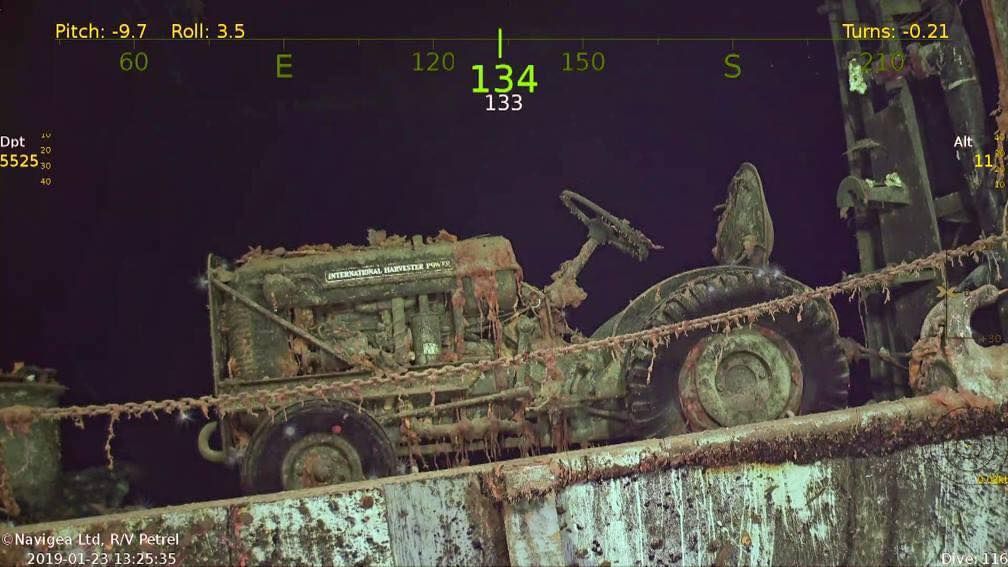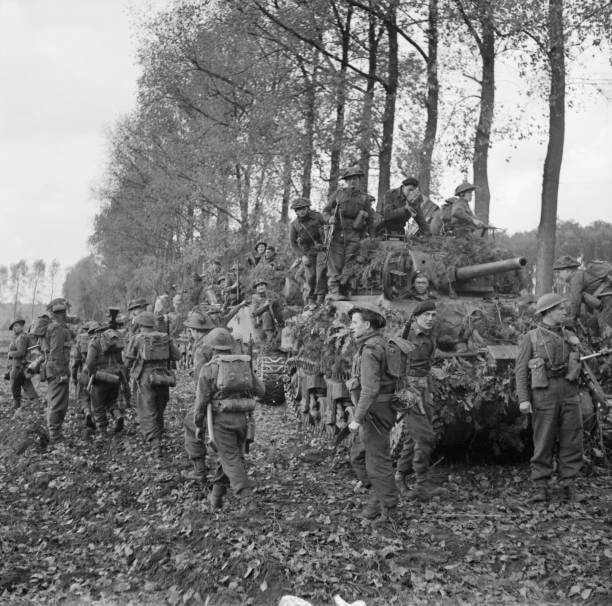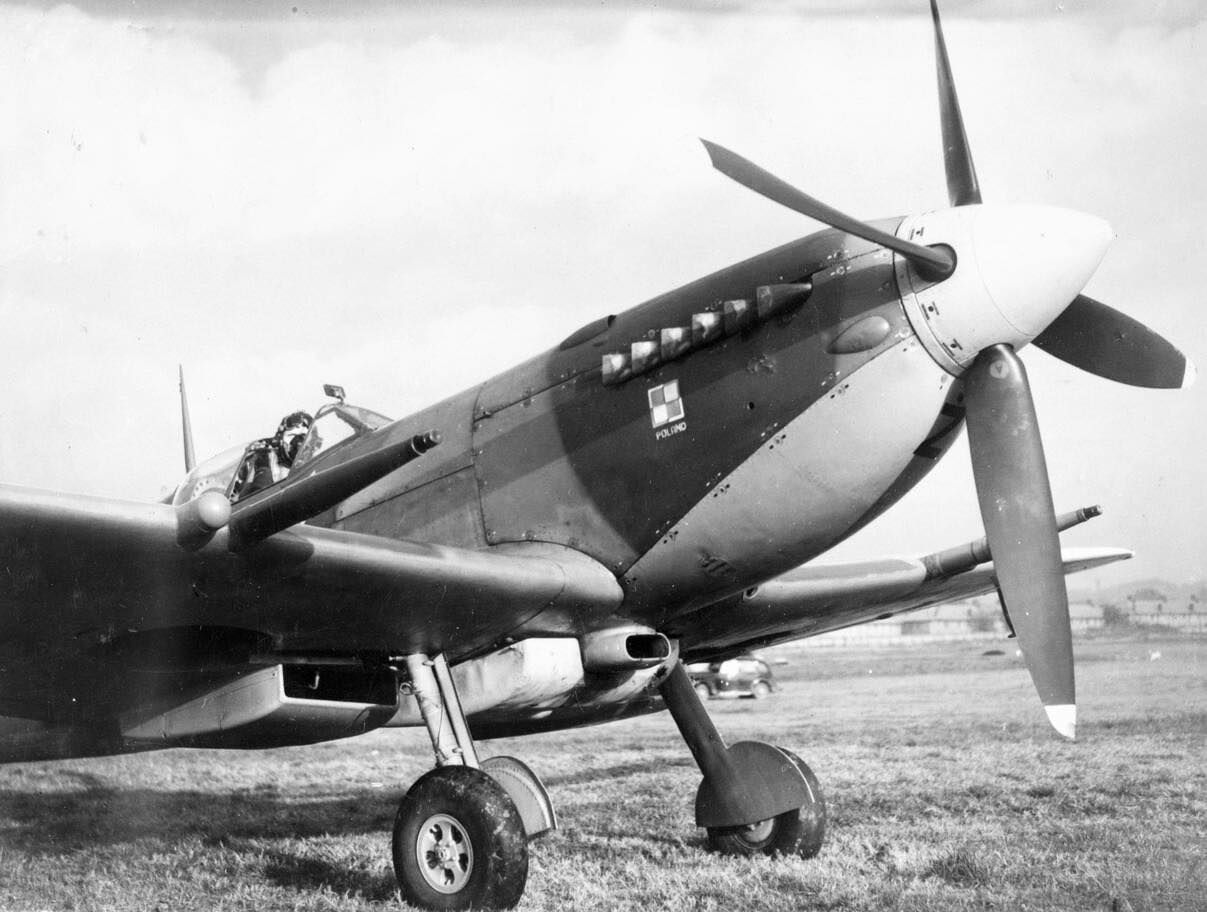@SuperbattleshipYamato
November 21, 1944, is the 80th anniversary of the sinking of the Japanese battleship Kongo.
Built originally in Britain as Japan’s first battlecruiser before World War 1, the ship was incredibly powerful for its time and would be a forerunner for Britain’s best battlecruiser during the war, the Tiger (unless you count the Renowns, I’ll let you decide for yourself).
The ship’s design was successful and three more ships, the Hiei, the Kirshima, and the Haruna, would be built (2 in Japan’s shipyards with British aid).
Between the wars the class was upgraded to become fast battleships, with increased armor. Despite this, they were still generally considered somewhat inferior to the US Navy Standard series of battleships in both armor and firepower (though significantly faster). The speed of these ships, faster than any American battleship and stronger than any cruiser, spurred the US to build the fast, powerful Iowa class battleships.
During the Pacific War, thanks to their speed, the Kongo class was used more than any other Japanese battleship, escorting Japanese aircraft carriers in the Battle of the Midway.
The Kongo and the Haruna, led by Admiral Takeo Kurita, would launch a successful nighttime bombardment attack against Henderson Field during the Guadacanal Campaign, temporarily putting it out of service and allowing Japanese supplies to pass through unmolested. This success would lead to a similar attempt by Hiei and Kirshima that would cause a series of nighttime actions known as the Naval Battle of Guadacanal, where both were sunk.
The Kongo and Haruna would participate in the Battle of Leyte Gulf, with both escaping successfully.
About a month later, while transiting the Formosa strait with other members of the First Fleet (including Yamato and Nagato) from Brunei to Kure following an air raid on the former, Kongo and the escorting destroyer Urakaze were sunk by the US submarine Sealion. Before the ship’s evacuation could be completed, its forward magazine exploded, killing most of its crew.











